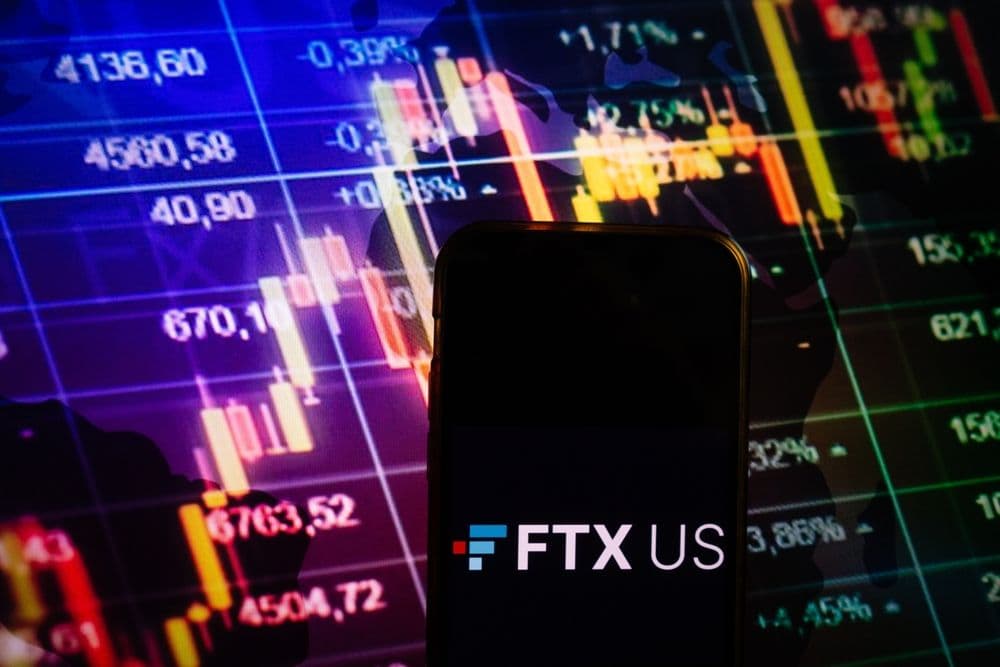$1 Million
GOAL
REACHEDPUBLIC
SALE
SOLD OUT






Recent News on Cryptocurrency, Blockchain, and Finance | Yellow.com
Explore the latest Web3 and blockchain developments, cryptocurrencies news, market updates, technology, trading, mining, and trends.
2026 Will See Brutal Pruning Across Crypto, Pantera Warns
Pantera Capital warns that 2026 will bring brutal pruning across crypto, with consolidation accelerating as capital concentrates in Bitcoin, dominant protocols, and surviving treasury strategies.
Murtuza Merchant2 hours ago

Bitcoin, Tokenized Assets And DeFi Could Drive Crypto To $28 Trillion By 2030, ARK Invest
ARK Invest’s Big Ideas 2026 report projects digital assets could reach $28 trillion in market value by 2030, led by Bitcoin, tokenized financial assets, and decentralized finance.
Murtuza Merchant3 hours ago

Ryanair CEO Says Governments Should Outlaw X For Enabling Anonymity And AI ‘Nudification’
Ryanair CEO Michael O’Leary said governments should outlaw X, citing anonymous abuse and AI-generated nudity, as regulators scrutinize Elon Musk’s platform and Grok AI tools.
Murtuza Merchant7 hours ago

Farcaster Changes Hands: Neynar Acquires Protocol Once Valued At $1B
Neynar acquires Farcaster protocol, app and Clanker as co-founders Dan Romero and Varun Srinivasan step back after five years.
Alexey Bondarev7 hours ago

Eric Trump Accuses Wall Street Banks of Trying To Stop Crypto Legislation
Eric Trump told CNBC that major banks are working to stop crypto legislation, as President Donald Trump says he expects to sign crypto market structure legislation very soon, escalating a clash between Wall Street and digital asset firms.
Murtuza Merchant8 hours ago

What Happens To ADA If $0.36 Support Breaks?
Cardano breaks below range support as open interest drops to $646M and spot outflows dominate the market.
Alexey Bondarev8 hours ago

Monero Plunges 38% From $800 Peak While Derivatives Activity Signals Retail Retreat
Monero's sharp weekly decline and falling derivatives activity raise questions about whether the privacy token can hold key support.
Alexey Bondarev9 hours ago

Research Flags 20% To 50% Of Bitcoin As Potentially Vulnerable To Quantum Threats
Research estimates billions in Bitcoin could face future quantum computing threats, prompting some institutions to reassess crypto allocations.
Alexey Bondarev9 hours ago

Trump Says Crypto Market Structure Bill Could Be Signed Very Soon
President Donald Trump told the World Economic Forum he hopes to sign new crypto market structure legislation very soon, framing the move as critical to U.S. economic growth and competition with China.
Murtuza Merchant10 hours ago

Former FTX Executive Announces GPU Rental Derivatives Pending Regulatory Approval
Brett Harrison's Architect plans GPU compute perpetual futures pending approval.
Kostiantyn Tsentsura11 hours ago

